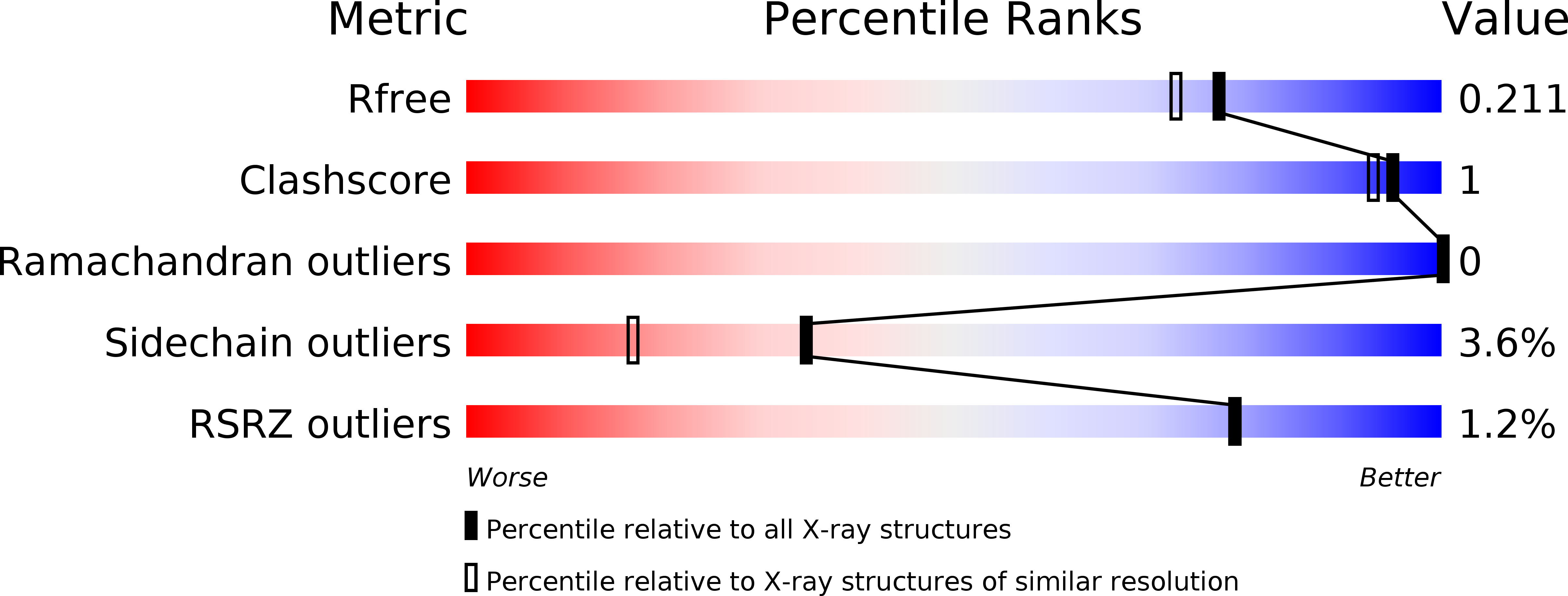
Deposition Date
2016-05-04
Release Date
2017-06-14
Last Version Date
2024-10-23
Entry Detail
PDB ID:
5JQ1
Keywords:
Title:
Efficient targeting of the asialoglycoprotein receptor by polyvalent display of a compact galactosamine mimic
Biological Source:
Source Organism:
Homo sapiens (Taxon ID: 9606)
Host Organism:
Method Details:
Experimental Method:
Resolution:
1.83 Å
R-Value Free:
0.22
R-Value Work:
0.18
R-Value Observed:
0.18
Space Group:
P 1 21 1


